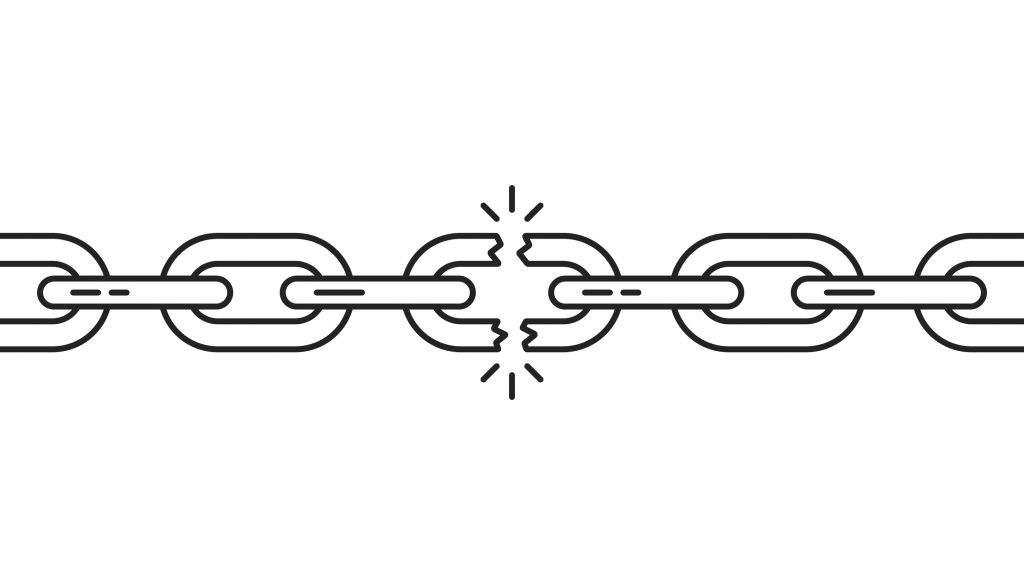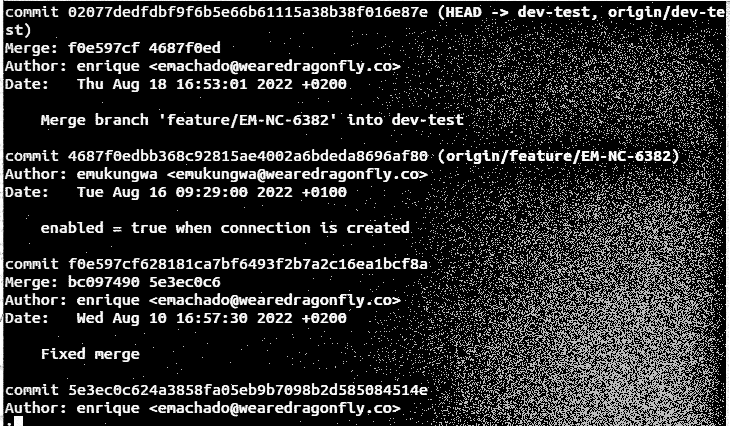Data driven testing, Jira burndown chart, Jenkins, Xray, GitHub, scrum project, or agile projects Now are all words that are foreign to most CEOs. Let alone the fact that they are very much a key part of the modern technology supply chain, which enables the business to compete as a modern enterprise. Modern CEOs clearly need to understand technology and how it is delivered and the value it creates. CTOs have traditionally been the fountain of all wisdom when it comes to technology.
The world is a different place. Gone are the days when technology was a budget black hole. The new world is all about transparency and value, and that means CEOs need to understand where the money is being spent and the value it is creating, to ensure companies are getting good value for their buck (a.k.a. revenue growth)
The business of executives dashboard.
We are all time-poor, but CEOs (being one myself) value their time highly and want to get straight to the point – and take the shortest journey to the answers they seek. This means with little knowledge CEOs can ask far more insightful questions of technology teams than in the past, but they need good data sources. This means you need to perform data driven testing, to get just the specific CEO KPIs to answer precise questions.
With data driven testing, you will have the right information to hand and to demonstrate you are ahead of the curve, but what are the right CEO metrics to place in front of your manager?
Performance Metrics, which ones really matter?
There are metrics and there are metrics that matter. There are testings, and data driven testings. There are many technical measurements that companies can use. Establishing a simple set of core performance metrics that provide the biggest bang for buck is the best place to start to keep your CEO informed. This enables you to educate them on what is important, without creating a lot of white noise, while having useful CEO dashboard metrics.
Below are our top five metrics that matters, and you can actually create with Neuro:
-
Burndown
A burndown chart representation of work left to do versus time. The outstanding work (or backlog) is often on the vertical axis, with time along the horizontal. Burndown charts are a run chart of outstanding work. It is useful for predicting when all of the work will be completed. This is a great metric for meeting specific goals. Machine learning can be used to provide more accurate forecasts based on various variables like work patterns. One of the greatest advantages of Neuro is its integration capabilities, discover how to create a Jira burndown chart or a burndown chart on GitHub.
-
Cycle Time
Cycle time is the amount of time from the creation of a work ticket to the time it is shipped. For example, the time is taken between a ticket being logged in Jira for a new button on an application, to the time it is deployed into production. This gives you the elapsed time it takes to complete one task. When looking at the overall project you can then see how quickly change is delivered. The shorter the cycle time the better.
-
Time In State
There is a whole raft of metrics that can be used as part of a Value Stream Management (VSM) approach to measuring the flow of value across the technology supply chain. The best one to start with is time in the state. This is how much time each ticket (task) spends in each phase or state is measured. This is a very powerful metric as it can be used to identify bottlenecks in a process, team or function.
-
Reopen rates
Reopen rate measures the amount of work needed in any task that is reopened once it has been closed or completed. For instance, a defect is set to test and then fails to test, it is re-opened and sent back to the developer. If for instance, you have a reopen rate greater than 10% in any one area, this would be of concern when looking at a project or group of projects. The number of reworked hours is also a very powerful metric at a project level which can be captured through combining time in the state with a reopen rate.
Insight
These are our picks for the top metrics from data driven tests to make your CEO smile. Perhaps you would need to include other key performance indicators KPIs, let us know how we can help your business leaders At neuro we are looking to the future by combining multiple data sets from across the toolchain with multiple machine learning models to provide far-reaching insights into the technology supply chain. Look out for exciting new features, for example how neuro integrates with Jira software.



